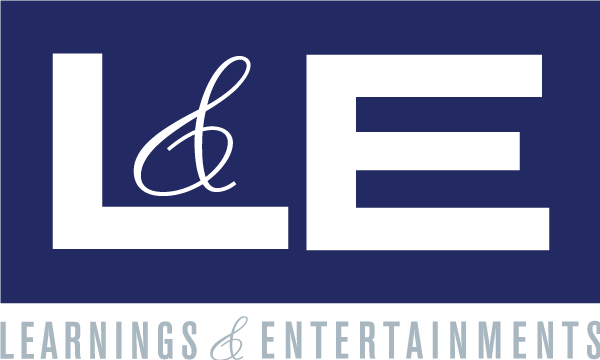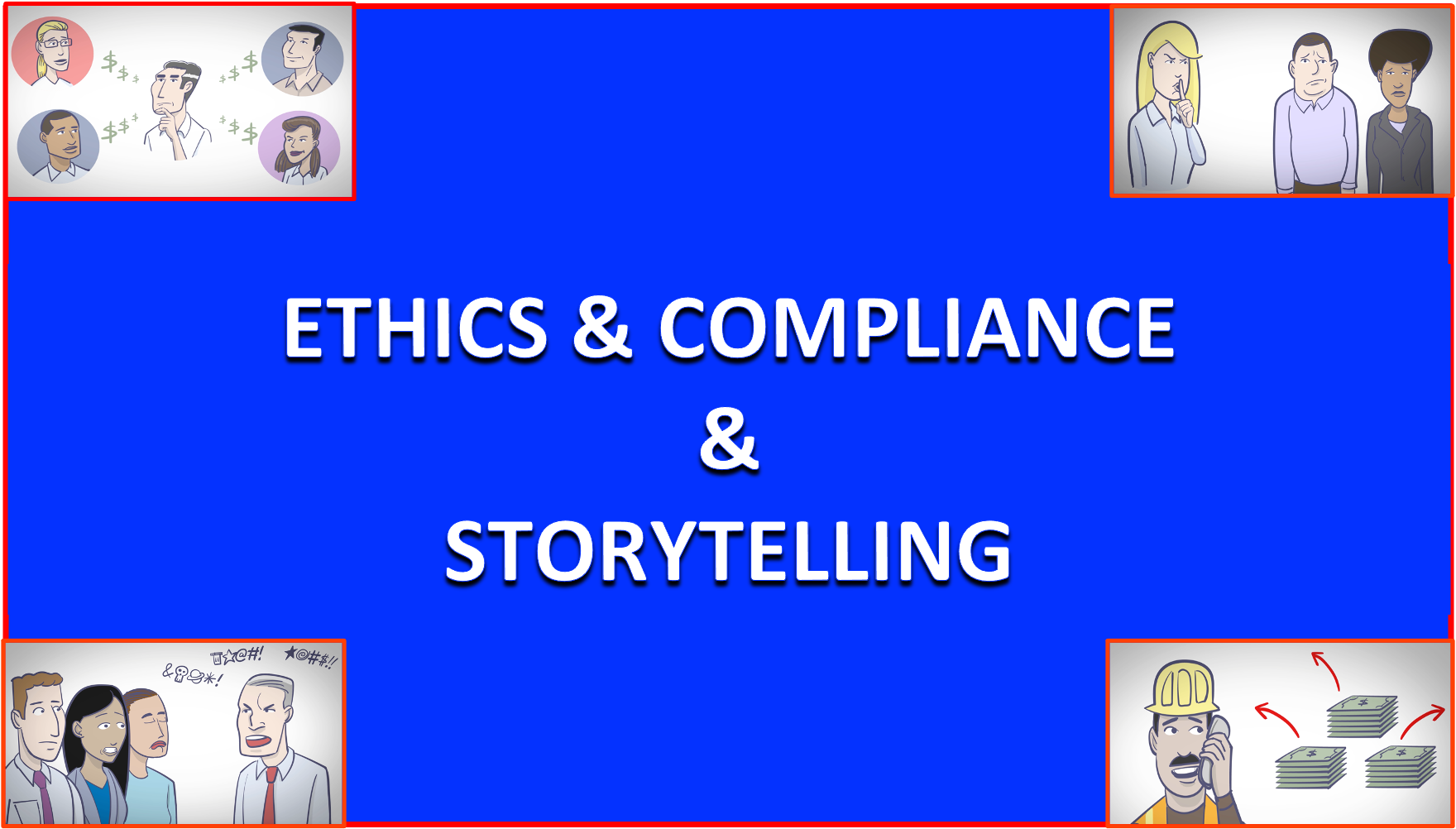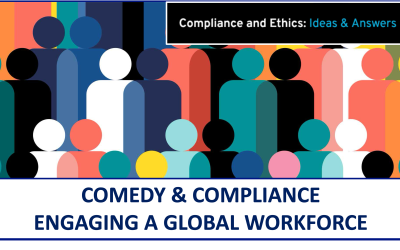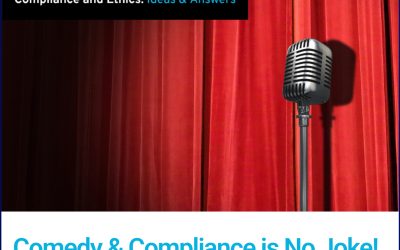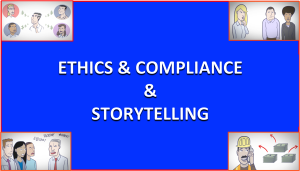
TELL ME A STORY:
Once upon a time there was a compliance officer who was full of personality and positivity, but alas, their employees didn’t quite feel that way. The villain that is apathy had once again reared its ugly head and tormented our hero. And there was woe in the land, for these trusted advisors were not seen as such. And the people did not engage and learn. The company suffered. This story is a tragedy.
Everyone loves a good story! Stories are a powerful way to communicate ideas. Our favorite comedians, TV shows, films, books, plays and podcasts are built on telling compelling stories that bring our humanity to life. And we eat it up! There is a lesson here for the Ethics & Compliance community who all too often push policies using legal-speak instead of engaging our audiences with stories that educate, enlighten and entertain.
LET’S GET REAL:
I’ve worked with hundreds of Ethics & Compliance programs and without a doubt, the most popular piece of programming is inevitably the newsletter article or case study that spills the beans on the bad behavior that’s occurred, albeit while changing the names to protect those involved. It’s interesting and intriguing. People are curious. They want to know the scuttlebutt. And we can use this to our advantage.
Employees live and breathe and ultimately shape the culture. As do you. They know everything isn’t perfect and it’s counterproductive to pretend that it is. Those that present accounts of the company’s achievements without acknowledging its mistakes are missing an opportunity. Sharing real stories always improves engagement. Organizations that admit to failures and ask for their colleagues help to make improvements are showing transparency and building trust. It shows examples of what right and wrong looks like and creates a “we’re all in this together” alignment. Being truthful and real is useful and helpful.
For those organizations that are more risk averse and the lawyers are not yet allowing them to share real redacted stories from their own company. You can still pull stories from real life. Use the scandals that appear in our newsfeeds most every day and make relevant connections back to workplace behavior and ethical dilemmas. “Ripped from the headlines” is a tried-and-true technique for engagement.
ETHICS & COMPLIANCE STORIES:
I’m still befuddled by how boring most compliance training is, because the actual real-life stories that occur are super interesting. We’re talking about fraud, corruption, bribery, privacy, conflicts, harassment, bullying, discrimination, retaliation. These are meaty subjects filled with all the elements of a great story paired with a variety of teachable moments.
Do you want to quote the FCPA or share a story about how public officials were putting the squeeze on your colleagues who were being pressured to get the job done on schedule. Do you want to quote a Conflicts of Interest policy or tell a story about a well-intentioned employee who promoted their spouses business because they thought it was a good fit, not thinking about the real or perceived biases at play. Do you want to share your Anti-retaliation policy or share a story about all the subtle ways a rogue manager snubbed a subordinate based on a perceived slight. These are stories that involve colorful characters, heroes and villains, conflicts to overcome, suspense and unexpected twists and turns, and surprise endings. Stories about ethical issues are compelling! These can be recounted in a variety of mediums: written, oratory, podcasts, animation, live action recreations, etc.
IT’S EMOTIONAL:
Storytelling has the ability to connect people on an emotional level. We relate to the shared experiences that we have with the characters. We feel empathy towards their struggles and anger or frustration at the obstacles. Facts and figures are helpful, but storytelling evokes a much deeper learning experience. Behavioral science tells us that a good story can engage different types of learners within your audience.
- Visual Learners – mental pictures are created
- Auditory Learners – focus on listening to the narrators voice
- Kinesthetic Learners – focus on the emotion and feelings from the story
STORIES AS AN EFFECTIVE TEACHING TOOL:
Traditional compliance training tends to use slice-of-life vignettes (poorly written and/or poorly acted) surrounded by unimaginative, often obvious questions. I find stories to be much more effective technique. A good story can not only share that slice-of-life, but also can share all the interesting details and nuances surrounding an incident or event, along with the meaning, outcomes and impact on the listener/viewer. What does a good story do?
- Efficiently conveys complex concepts and ideas
- Shows what a policy or procedure might actually look like in real life
- Takes policies out of the abstract to something more tangible
- Shares experiences that help people find commonality and connection
- Builds familiarity and trust and opens up the person to learning
- Provides emotional connections which helps with memory and recall
- Allows for nuance where the narrator can convey interesting details, excuses, and all sides of an issue
- Shares outcomes and draws connections to how it impacts the listener/viewer
- Flexibility. The storyteller can jump back and forth in time, drop in interesting metaphors, add tangential details, reference policies, etc.
Even though ethics and compliance topics tend to be quite serious, that doesn’t mean the storyteller can’t be interesting, playful and quirky…in the same way that all humans are interesting, playful and quirky. The narrator can be excited to tell you about the most interesting thing that happened and can enjoy telling it, even though the subject is weighty and perhaps dark. The fact that the issues are weighty and complex and sometimes dark are the very things that make them compelling.
Let’s face it, the ethics and compliance community has tons of stories about all the dramatic and intriguing ways their employees have screwed up. On the one hand it’s kind of tragic, but also wildly entertaining! So take a lesson from Shakespeare, Dickens, Stephen King or David Sedaris or Oprah Winfrey…or Patton Oswald, Mike Birbiglia, Hannibal Buress and other storytelling comedians…or your favorite soap opera, crime show or documentary…or This American Life, Serial and other podcasts. Let’s bring these issues to life for our employees which ultimately help us have greater influence and impact in affecting speak up and compliance culture.
And they all lived happily ever after. The end!

Check out L&E’s speak up themed storytelling series, Tales from the Hotline. Real stories, from real ethics & compliance officers about real workplace behavior gone wrong, brought to life by comedians.
Ronnie Feldman is the President & Creative Director at Learnings & Entertainments, a learning content provider made up of comedians and entertainers with a focus on corporate risk. www.LearningsEntertainments.com
